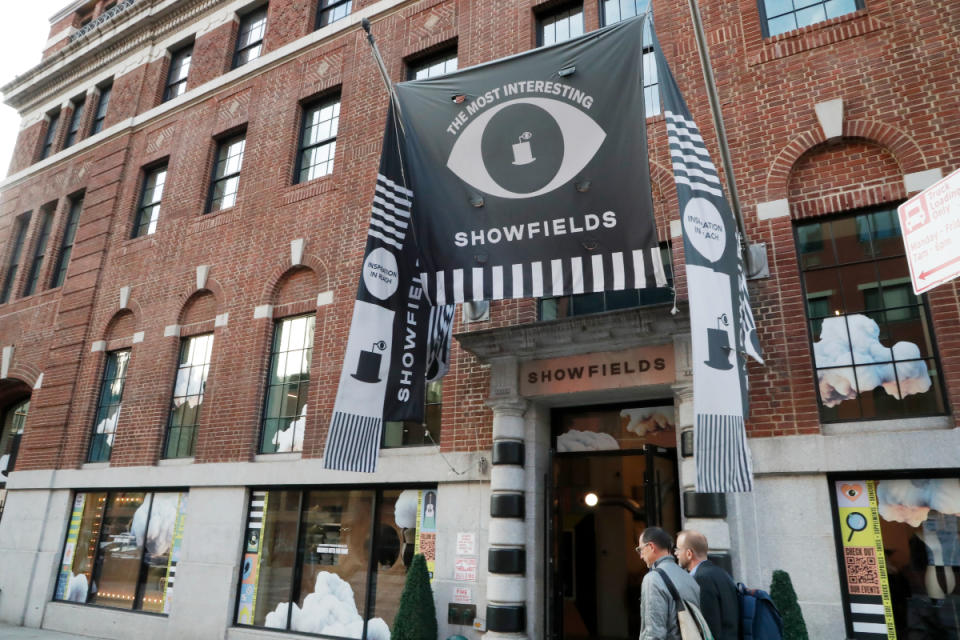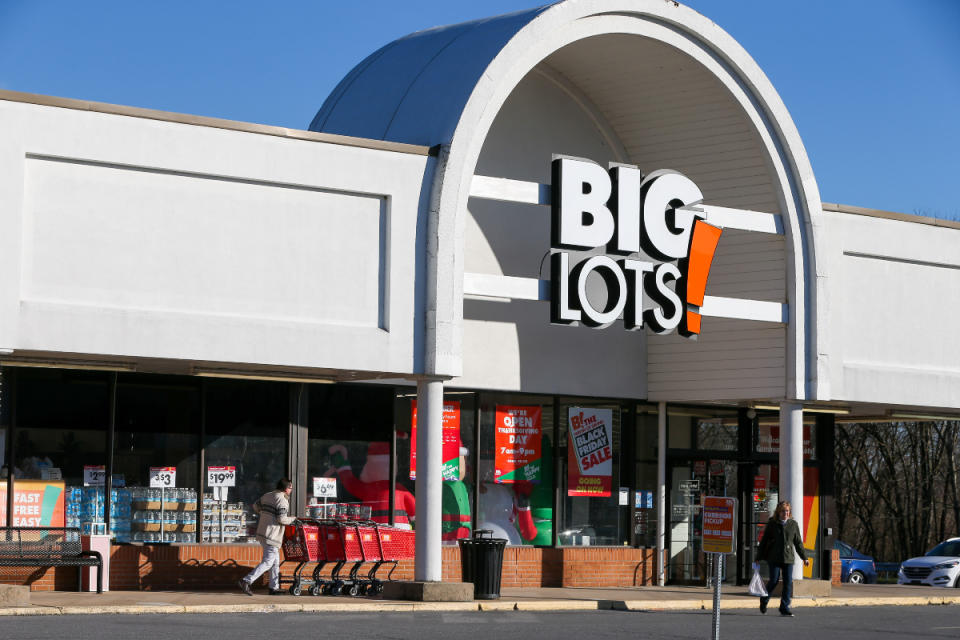This Troubling Bankruptcy Trend Isn’t Good for Retail

U.S. corporate bankruptcies are piling up, and that trend seems set to continue through the end of December.
Data from S&P Global Market Intelligence on corporate bankruptcies shows that by Sept. 30 they totaled 516 for the year so far, versus just 263 in 2022 and 321 in 2021 over the same timeframe. This is just two shy of 2020’s total of 518, and more than the to-date totals for 2011 through 2019. With the exception of 2020, the last time this was higher was in 2010 when 657 companies went bankrupt.
More from Sourcing Journal
Stubbornly high interest rates could propel this year’s bankruptcy total to the highest in recent years. They’re behind the credit crunch hampering companies in search of refinancing options and chilling sales because people have to pick between new clothes or feeding their families and filling up the gas tank.
According to S&P data, the consumer discretionary sector has the most bankruptcies, at 64. Noble House Home Furnishings and fashion retailer Soft Surroundings both filed for bankruptcy last month. Rite Aid filed for Chapter 11 just this week and retailer Showfields Inc. on Oct. 6. And the year is far from over.

While bankruptcy cases often take twists and turns before they’re resolved, 2023 hasn’t been good for retail. Earlier this year Tuesday Morning filed its second Chapter 11 petition before eventually liquidating. David’s Bridal also filed a second Chapter 11 this year, but it was lucky enough to get the attention of Cion Investment Corp., which plucked it out of bankruptcy. Unfortunately, Bed Bath & Beyond couldn’t survive bankruptcy. Overstock.com took over its assets and used the better-known nameplate to rebrand itself. Earlier this month, the Mitchell Gold + Bob Williams Chapter 11 bankruptcy became a Chapter 7 liquidation.
As for Sunday’s Rite Aid filing, credit analysts have had their eye on the convenience-store chain for some time, partly because it faced a slew of lawsuits linked to the opioid crisis. Rite Aid has been on Fitch’s Top Market Concern Bond list since November 2022. Judah Gross, senior director for leveraged finance at the credit ratings firm, said secured note lenders will either get all of the new common stock from the reorganized company if Rite Aid emerges from Chapter 11 or cash if it’s sold in bankruptcy.
“Rite Aid’s bankruptcy filing follows years of challenged operating performance, a weakening competitive position particularly against larger peers, elevated financial leverage and limited cash flow, which has limited Rite Aid’s ability to invest in its business and stabilize market share,” said David Silverman, senior director, retail at Fitch.
Closing stores isn’t likely to help its case, according to Silverman. Slimming down to a smaller footprint “could leave an already structurally challenged Rite Aid further weakened,” he said, because the retailer won’t have the same scale to negotiate with vendors or otherwise compete against larger, better-positioned chains.

There’s no shortage of possible retailers that could make an appearance in bankruptcy court, whether this year or next. The Joann Fabrics name often comes up, along with pet retailer Petco and home retailer Big Lots. Another on the credit risk radar is Qurate Retail, the parent of home shopping sites QVC and HSN, has been struggling too. Even digitally native firms are in the mix, including Rent the Runway, despite a debt restructuring in January that extends its maturity dates to October 2026.
UBS retail analyst Jay Sole sees a “slowdown” coming for soft goods spending “over the next 6-12 months” as more consumers put off buying new clothes and accessories. This could nudge more fashion retailers into the credit watch category, and signal new retail distress further down the road.

